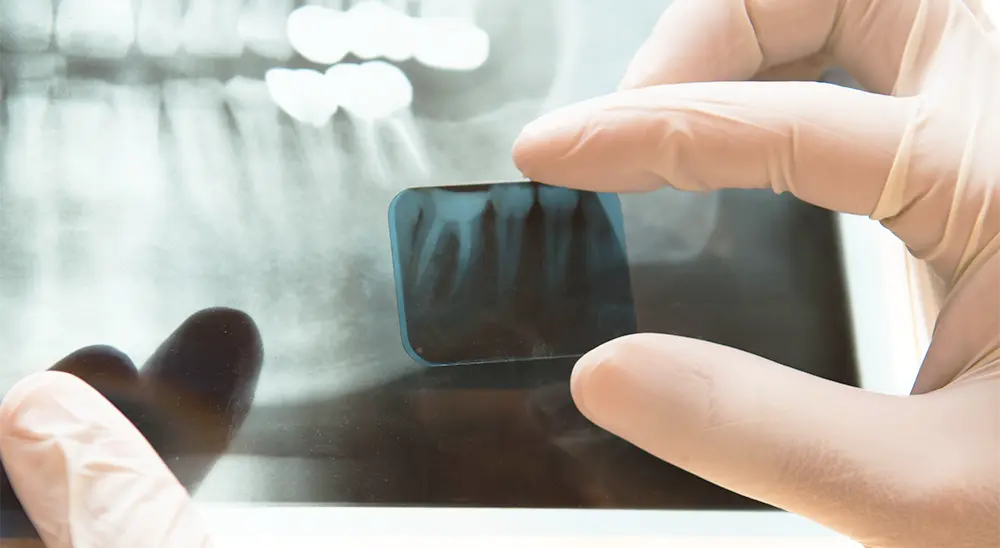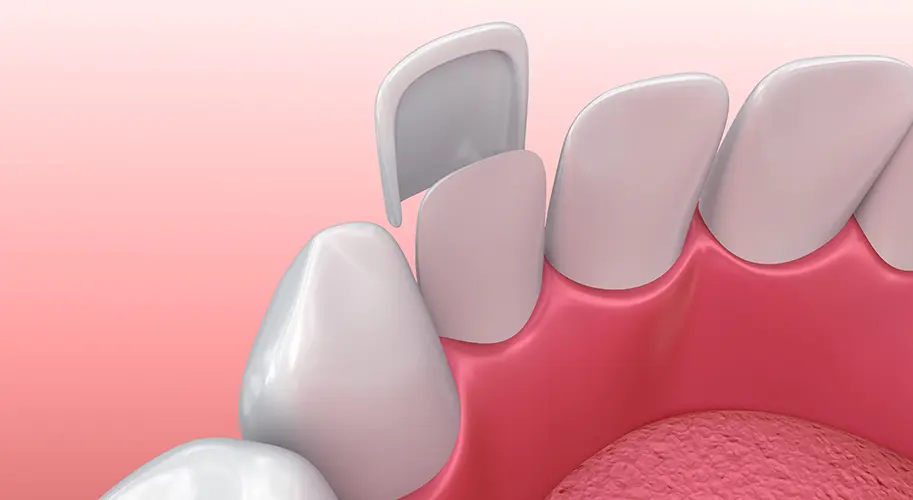
Endodontic retreatment
Re-treatment of already filled channels. Why is it necessary?
Endodontic treatment is a procedure aimed at eliminating an infection from or around the root canals. Sometimes, after treatment, it is possible to get a reinfection. In such cases, the tooth continues to be sensitive and is treated. What is it and why is it necessary? Read in our new article.
Why do you need re-treatment of root canals?
One of the most common reasons for the re-treatment of root canals is that they have not been fully or well treated by the dentist due to their shape and specificity. In many patients, the root canals may have more complex anatomy, with hard-to-reach areas such as narrowings and curves. If the specialist does not have magnifying devices (such as a microscope, for example) and fails to identify these specifics, it is likely that the inflammation will continue to develop and at a later stage will require treatment of the tooth.
Another very common reason for the need for re-treatment is the neglection of the control segmental picture after the primary treatment, through which the attending physician will determine that the case has been successfully completed. More information about the importance of this study can be found here.
An important step in the endodontic treatment is the restoration of the treated tooth with a crown or filling to prevent contamination and infections. Some patients neglect this rule and do not follow the recommendations of their dentist, waiting too long with a temporary filling and not putting a proper final recovery. This inevitably leads to new infection and subsequent re-treatment.
How does root canal re-treatment work?
1. Removal of the originally placed crown restorations.
2. After removing the canal filling, the treating physician will clean the canals and carefully examine the inside of the tooth using augmentation and lighting devices. Its main purpose will be to find additional channels or unusual anatomy that requires treatment.
3. After cleaning the canals, the dentist will fill and seal them and temporarily place a filling on the tooth. If the canals are too narrow or blocked, your endodontist may recommend endodontic surgery.
4. Your doctor will recommend that you visit him again after a certain period of time to remove the temporary seal and place a crown or other permanent restoration. Only in this way, the tooth will be protected and restored to its full function.
How much does the procedure cost?
The cost of root canal treatment is likely to be higher than that of the initial endodontic treatment, as re-treatment may take more time and resources on the part of the treating physician.
What are the alternatives to failed endodontic treatment?
If, in a particular clinical case, non-surgical treatment fails, then switching to endodontic surgery should be considered. Your doctor will acquaint you with all the possibilities and will recommend the appropriate treatment for you.
What are the alternatives to endodontic treatment and/or endodontic surgery?
The only alternative to endodontic surgery is tooth extraction. The extracted tooth should then be replaced with a dental implant, bridge, or other restoration to restore normal masticatory function and prevent displacement of adjacent teeth. Typically, some of these procedures require the filing of adjacent healthy tooth tissue, which is desirable to avoid and rely on endodontic treatment to restore the natural tooth.
No matter how effective the alternatives to natural teeth are, nothing is as good for the body as a natural tooth. Invest in saving the affected tooth to prevent its extraction and thus, it will be healthy, well-functioning, and will serve you for many years.








